Gellért Hill and the Almond Tree
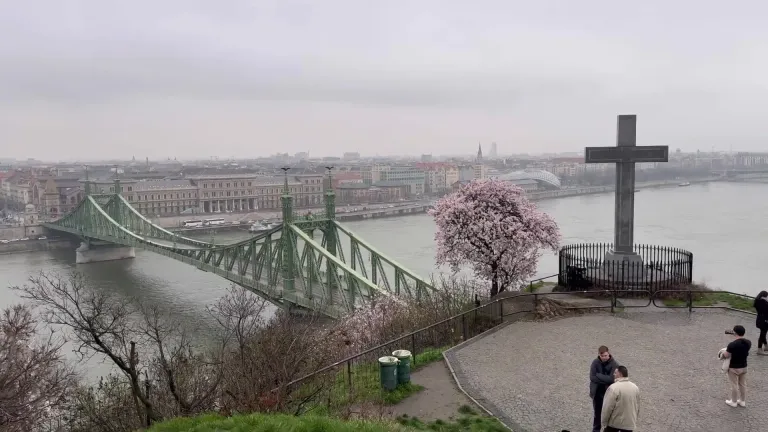
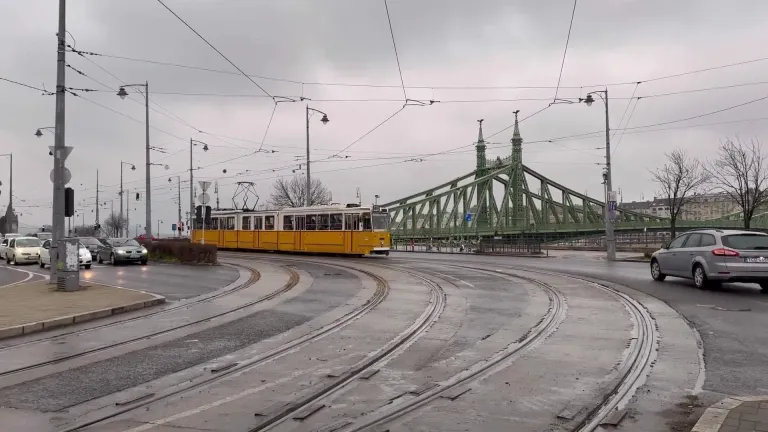
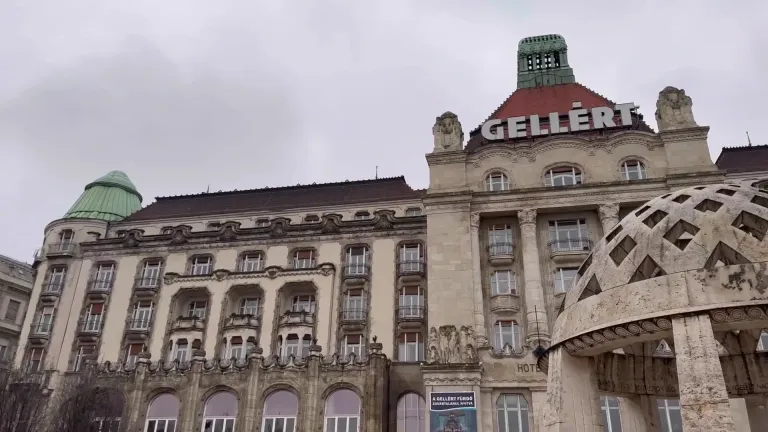
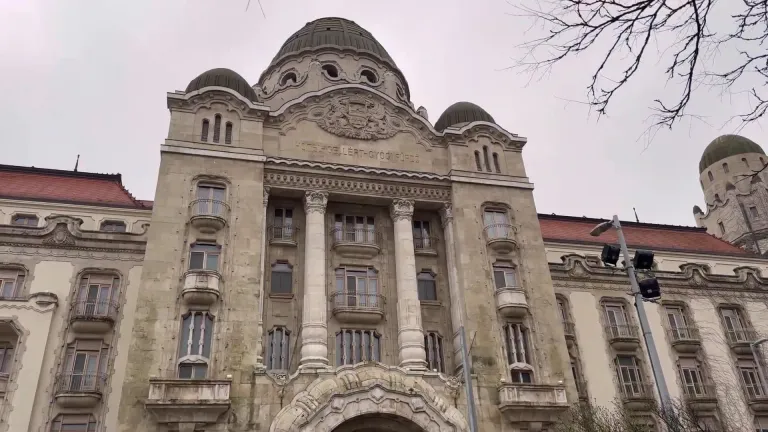
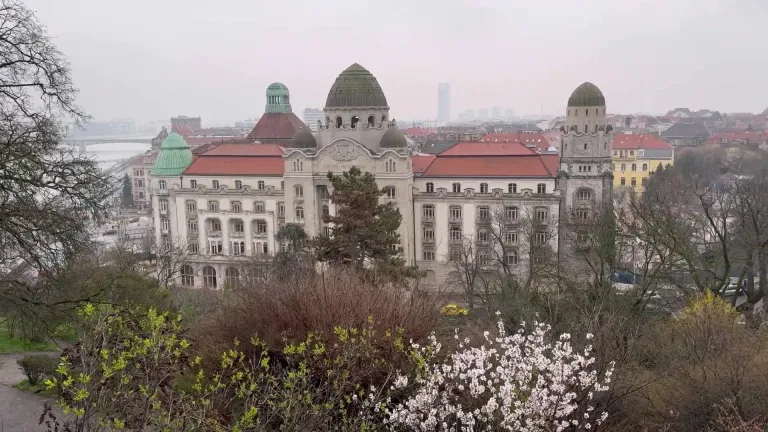
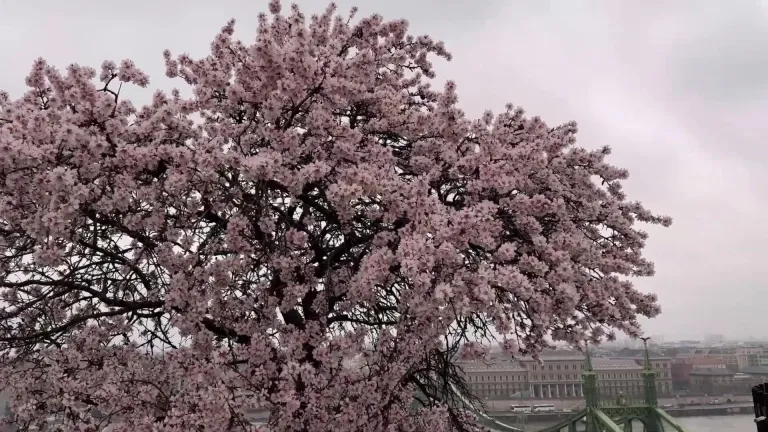
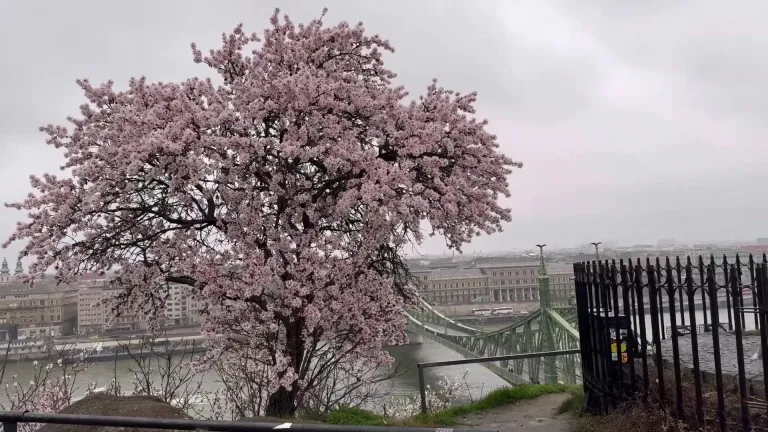
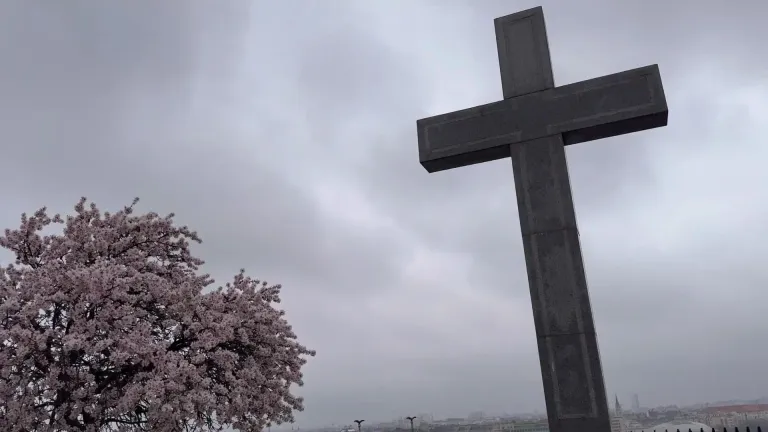
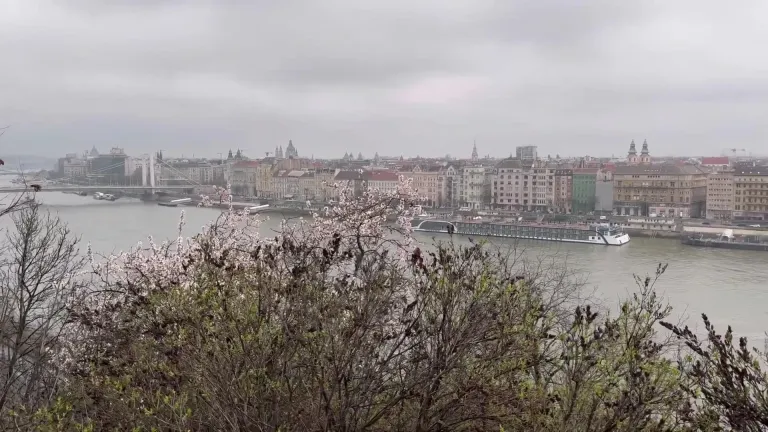
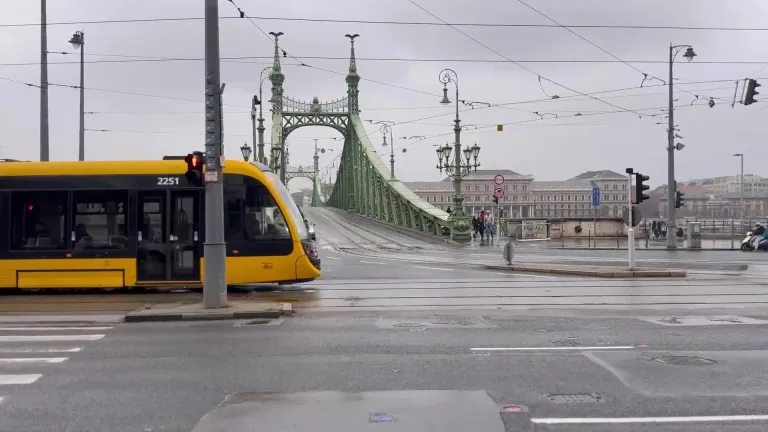
Hello everyone. In today’s new post, I’d like to tell you about the famous tree on Gellért Hill. I visited this place last spring. I also took a look at the Gellért Hotel from the outside and enjoyed the view of the Liberty Bridge.
If you want to capture the sight of the blossoming almond tree, the best way is to start your walk up Gellért Hill from the Gellért Hotel. You can easily reach this area by tram, bus, or the M4 metro. The Gellért Hotel is an architectural monument built in the early 20th century. Many films have been shot here and once upon a time, many famous people stayed at the hotel. It was built in Art Nouveau style. Recently, it was sold to a new owner and is now undergoing renovations that will last several years. However, if you'd still like to see the hotel up close, there is one way: you can visit the hotel’s thermal baths.
This year, spring arrived early in Hungary. The almond tree on Gellért Hill bloomed about three weeks earlier than usual. Traditionally, many people from Budapest hike up the hill during this period to take photos with the tree and enjoy the view of the Danube River and the cityscape. I’m no exception. Every year, I eagerly await the tree’s blossoms. Watching the view and enjoying the aesthetics is a great pleasure for me.
Climbing up Gellért Hill is not too difficult, but it might feel a bit steep for those who don't exercise regularly. There are several paths to reach your destination. Sometimes the paths split toward playgrounds, but it's not hard to find your way. Gellért Hill offers scenic views. You may spot squirrels and enjoy walking among rich greenery and flowers. Especially in spring, walks here are delightful. You can take a short break and look back toward the area where the hotel stands.
By the way, for those who don’t know: this hotel was the inspiration for the one in the famous film The Grand Budapest Hotel. On the hill, you’ll see a giant cross and the almond tree beside it. The hill got its name in the 15th century, based on a legend about the death of Saint Gellért. In 1046, pagan rebels opposed to the new Christian faith placed Gellért in a barrel full of nails and rolled him down the hill to his death. Saint Gellért was Italian and had great influence over King Stephen I of Hungary. However, the local people may have seen him as a foreigner.
There are many monuments on this hill. It’s possible to see them all in one day, but it would be quite exhausting due to the frequent uphill walking. I don’t recommend trying to visit them all at once. That would make for an intense schedule.
Among the trees on the hill, there are many hidden statues and a cave church. From the city below, only the Liberty Statue is visible, but the other monuments are not easy to spot. In fact, many new residents of Budapest and some visitors aren’t even aware of places like the Statue of Buda or the Garden of Philosophy.
There are also other landmarks here such as the Statue of Saint Gellért, the Citadella, the Liberty Statue (currently under renovation), observation terraces, the Saint Stephen Monument and a church.
I continued toward the Liberty Bridge. This bridge is one of the iconic structures of Budapest. It’s located right next to the famous Gellért Hotel and thermal bath. At the other end of the bridge is the Central Market Hall of Budapest. The bridge looks especially beautiful in the evening when its green lights are turned on.
The Liberty Bridge connects the historic Buda and Pest districts and is the shortest bridge in Budapest. In the late 19th century, the Budapest authorities decided that if the toll revenues from the existing two bridges over the Danube exceeded a certain level, new bridges would be built. Construction of the Liberty Bridge began in 1894 and was completed two years later in honor of the 1000th anniversary of the founding of Hungary.
Since iron structures became widespread in the late 19th century, many people compare this bridge to the Eiffel Tower. Indeed, there is a resemblance. In fact, the Hungarians were about 2.5 years ahead of the Parisians in this regard. However, like many others, this bridge was blown up by retreating Nazi forces in 1945. But within a year, in 1946, it was completely rebuilt and received its current name.
Thank you so much for your comments and support. Please stay with me. I’ll be sharing more interesting things in my next post.
For the best experience view this post on Liketu